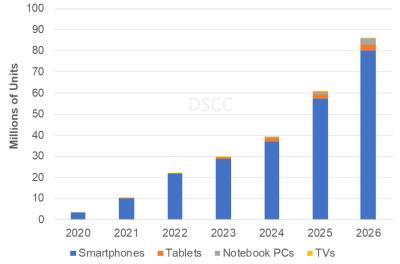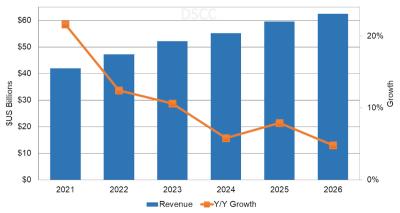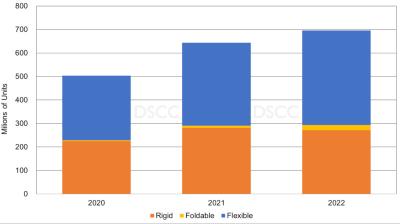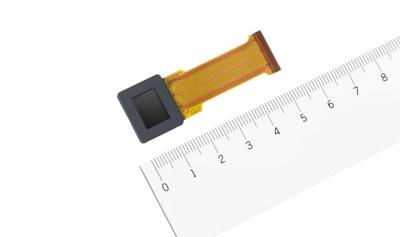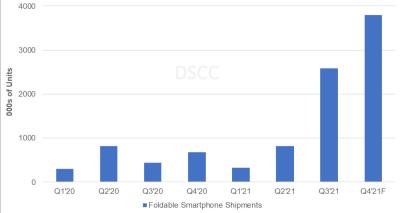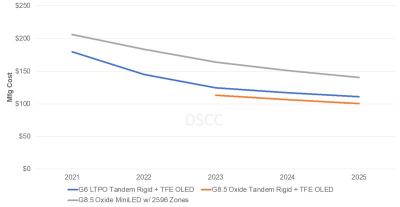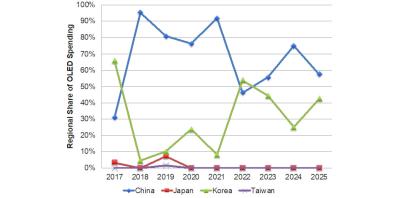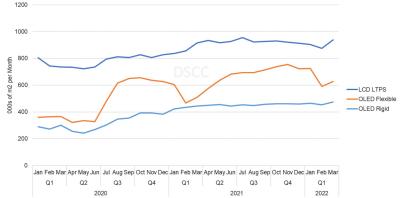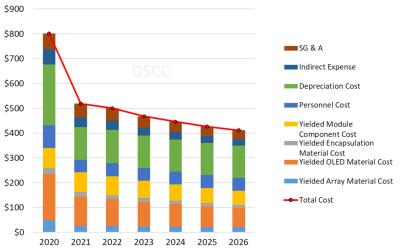DSCC: the foldable OLED market will grow to 86 million units by 2026
DSCC estimates that just over 10 million foldable OLED displays shipped in 2022, and the market is set to grow to 86 million units by 2026 (54% CAGR).
DSCC says that foldable smartphone revenues rose 342% in 2021, and have reached $5.8 billion. The most popular foldable smartphone was the Galaxy Z Flip 3 (51% market share in 2021), followed by the Galaxy Z Fold 3 (26% market share) and the Huawei Mate X2 (6% market share).
